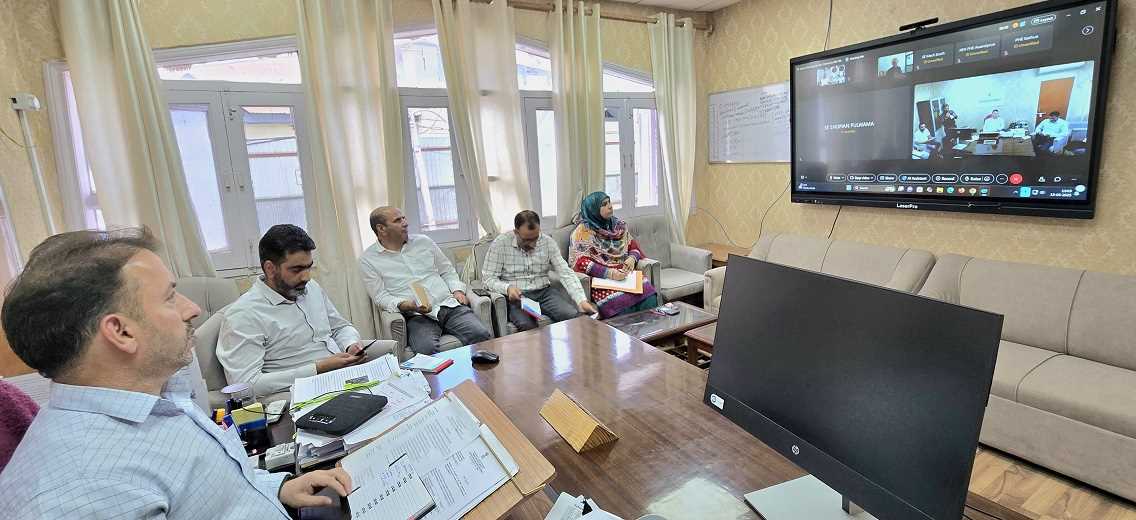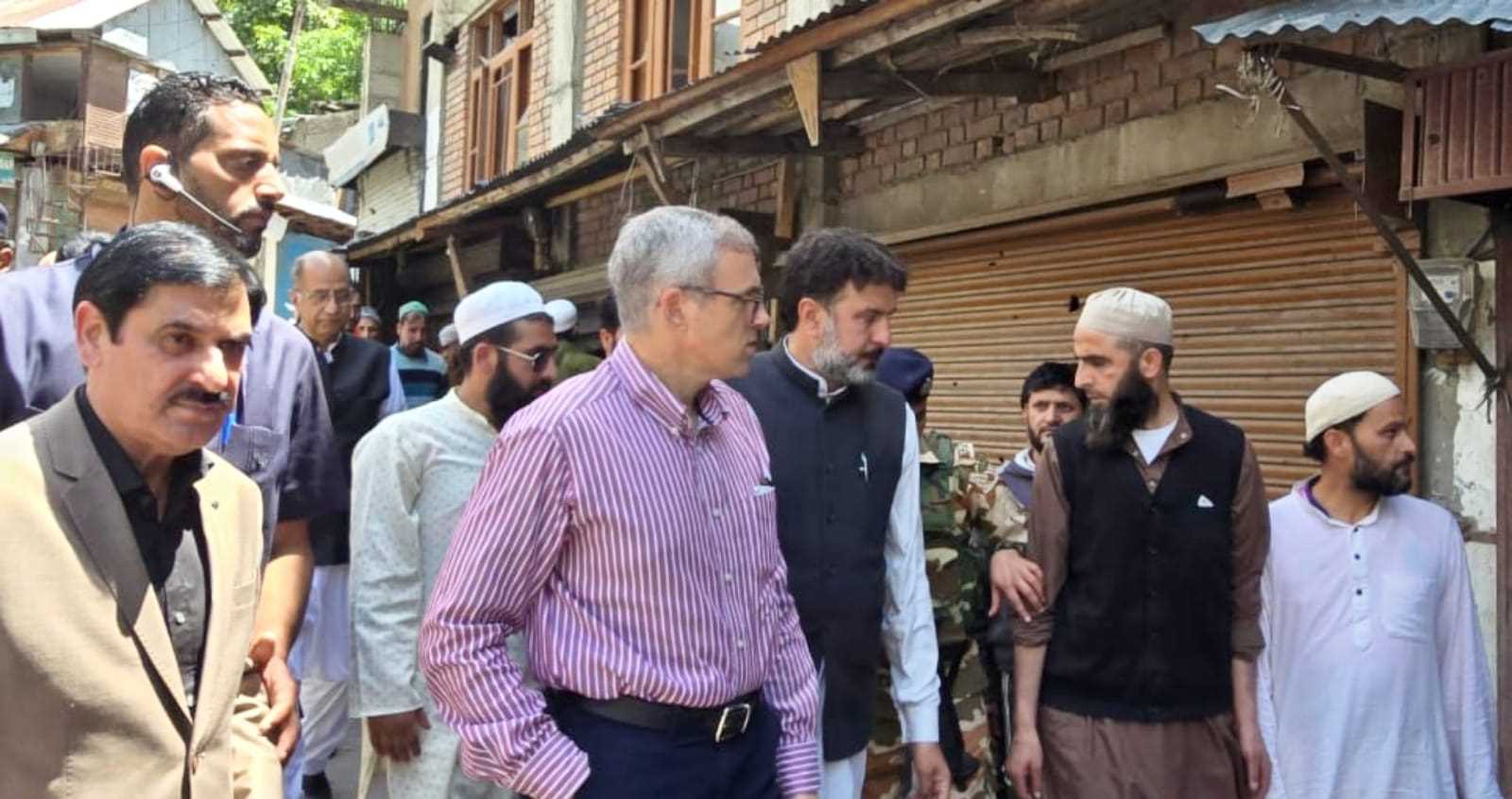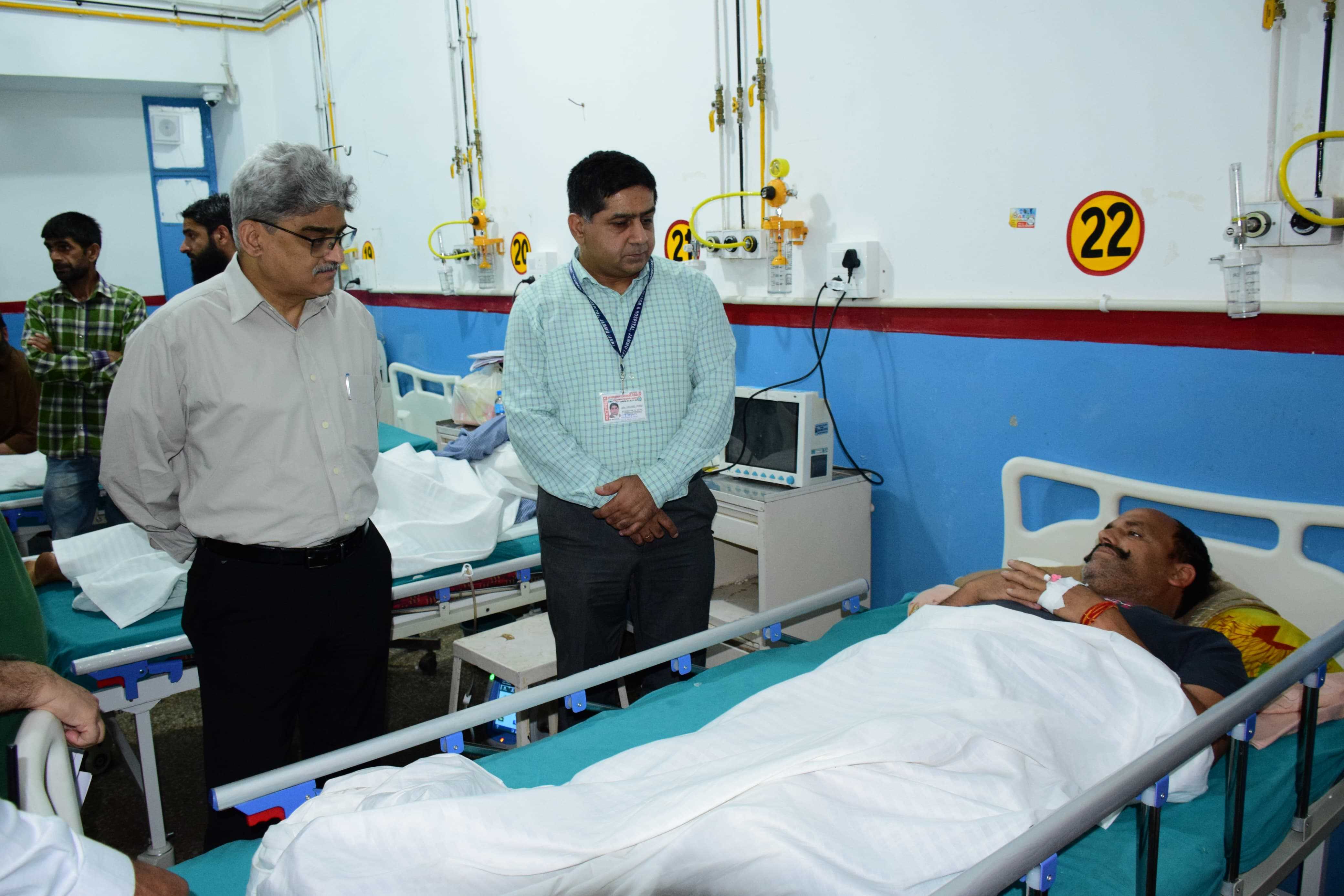
Kashmir is witnessing a sharp rise in chest-related diseases, posing a serious public health concern. Our unique geography, environmental conditions, and lifestyle factors are contributing to the growing number of respiratory ailments. From chronic obstructive pulmonary disease (COPD) and asthma to tuberculosis and lung infections, the prevalence of these illnesses demands urgent attention from policymakers, healthcare professionals, and the public. Addressing the issue requires a comprehensive approach that focuses on identifying the causes, implementing preventive measures, and ensuring effective treatment for those affected. One of the primary causes of respiratory illnesses in Kashmir is air pollution. During winter, the widespread use of firewood, coal, and Kangris (traditional fire pots) for heating leads to excessive indoor and outdoor air pollution. The burning of biomass releases harmful particulate matter that can penetrate deep into the lungs, triggering severe respiratory conditions. Moreover, seasonal smog caused by vehicular emissions and industrial pollution further worsens air quality, leading to an increase in respiratory distress cases. Another critical factor is the excessive use of pesticides in agriculture, which contaminates the air and water, affecting lung health over time. Our cold climate exacerbates respiratory issues. Frequent exposure to cold air can irritate the airways, leading to chronic cough, wheezing, and breathlessness. The prevalence of smoking, including the increasing use of cigarettes and hookah among the youth, also plays a significant role in deteriorating lung health. Additionally, our high humidity levels can promote mold growth in homes, triggering allergic reactions and respiratory infections. Preventing chest-related diseases requires both individual and community efforts. The government must prioritize improving air quality by regulating industrial emissions and promoting cleaner heating alternatives such as electric and solar-powered devices. Awareness campaigns should educate people about the dangers of indoor pollution caused by burning firewood and coal. Individuals can protect themselves by wearing masks during high-pollution periods and minimizing exposure to outdoor smog. Smoking cessation programs should be actively promoted, as tobacco consumption remains a leading cause of lung diseases. Maintaining proper ventilation in homes, especially during winters, can reduce indoor air pollution. Additionally, people should adopt healthy dietary habits and engage in regular exercise to strengthen their respiratory system. Early diagnosis and timely medical intervention are crucial in managing respiratory diseases. The government must invest in well-equipped hospitals and healthcare centers, ensuring access to affordable treatment for patients with chronic lung conditions. Strengthening the availability of pulmonary specialists, increasing vaccination drives for pneumonia and influenza, and improving tuberculosis detection programs can significantly reduce the disease burden. Tackling the rise of chest-related diseases in Kashmir requires a multi-faceted approach that addresses environmental factors, lifestyle habits, and healthcare accessibility. By adopting preventive measures and ensuring timely medical intervention, we can safeguard our citizens from the growing respiratory health crisis.



Kashmir is witnessing a sharp rise in chest-related diseases, posing a serious public health concern. Our unique geography, environmental conditions, and lifestyle factors are contributing to the growing number of respiratory ailments. From chronic obstructive pulmonary disease (COPD) and asthma to tuberculosis and lung infections, the prevalence of these illnesses demands urgent attention from policymakers, healthcare professionals, and the public. Addressing the issue requires a comprehensive approach that focuses on identifying the causes, implementing preventive measures, and ensuring effective treatment for those affected. One of the primary causes of respiratory illnesses in Kashmir is air pollution. During winter, the widespread use of firewood, coal, and Kangris (traditional fire pots) for heating leads to excessive indoor and outdoor air pollution. The burning of biomass releases harmful particulate matter that can penetrate deep into the lungs, triggering severe respiratory conditions. Moreover, seasonal smog caused by vehicular emissions and industrial pollution further worsens air quality, leading to an increase in respiratory distress cases. Another critical factor is the excessive use of pesticides in agriculture, which contaminates the air and water, affecting lung health over time. Our cold climate exacerbates respiratory issues. Frequent exposure to cold air can irritate the airways, leading to chronic cough, wheezing, and breathlessness. The prevalence of smoking, including the increasing use of cigarettes and hookah among the youth, also plays a significant role in deteriorating lung health. Additionally, our high humidity levels can promote mold growth in homes, triggering allergic reactions and respiratory infections. Preventing chest-related diseases requires both individual and community efforts. The government must prioritize improving air quality by regulating industrial emissions and promoting cleaner heating alternatives such as electric and solar-powered devices. Awareness campaigns should educate people about the dangers of indoor pollution caused by burning firewood and coal. Individuals can protect themselves by wearing masks during high-pollution periods and minimizing exposure to outdoor smog. Smoking cessation programs should be actively promoted, as tobacco consumption remains a leading cause of lung diseases. Maintaining proper ventilation in homes, especially during winters, can reduce indoor air pollution. Additionally, people should adopt healthy dietary habits and engage in regular exercise to strengthen their respiratory system. Early diagnosis and timely medical intervention are crucial in managing respiratory diseases. The government must invest in well-equipped hospitals and healthcare centers, ensuring access to affordable treatment for patients with chronic lung conditions. Strengthening the availability of pulmonary specialists, increasing vaccination drives for pneumonia and influenza, and improving tuberculosis detection programs can significantly reduce the disease burden. Tackling the rise of chest-related diseases in Kashmir requires a multi-faceted approach that addresses environmental factors, lifestyle habits, and healthcare accessibility. By adopting preventive measures and ensuring timely medical intervention, we can safeguard our citizens from the growing respiratory health crisis.
© Copyright 2023 brighterkashmir.com All Rights Reserved. Quantum Technologies